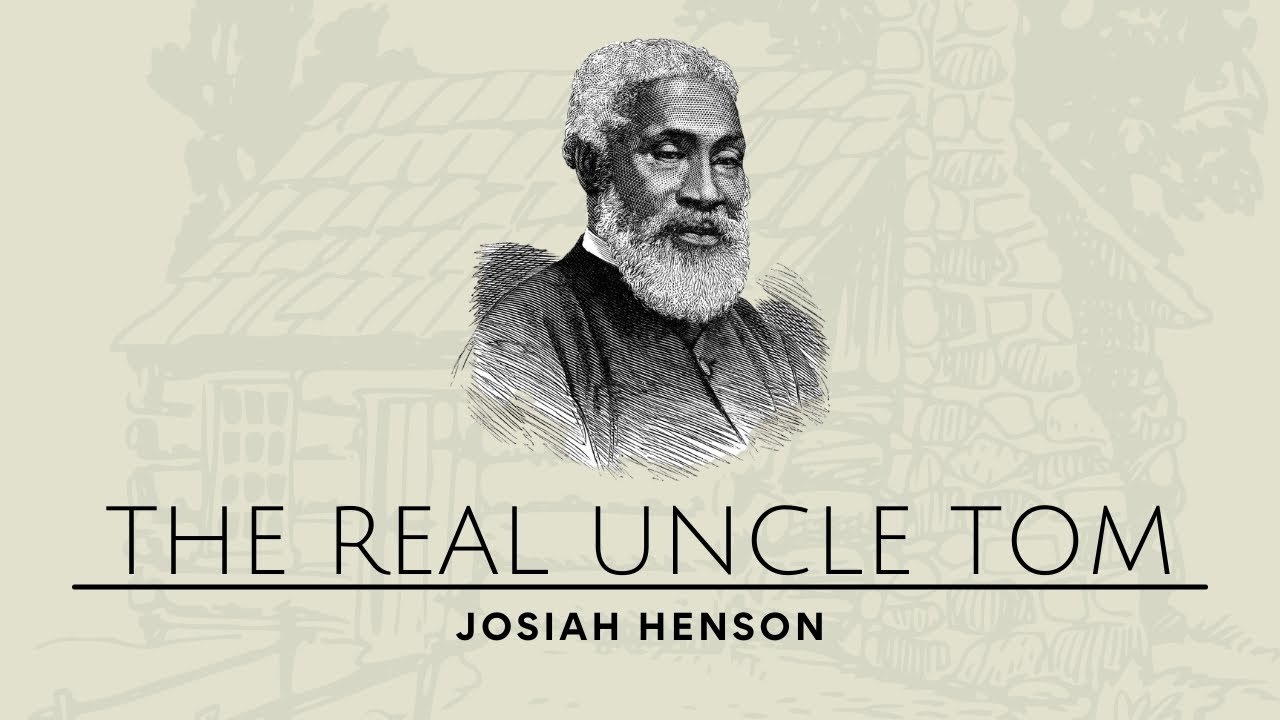(ThyBlackMan.com) Let the record show that having personal agency and stating one’s beliefs is a sign of strength. However, there exists a coterie of folk, black folk who instead of confronting me with a valid argument for reasons that I should not vote for Trump, only hurl insults, attempt to shame me, and call me names. One common characterization they direct towards me is calling me an Uncle Tom. Example: I say Democrat policies are laughingly absurd and indefensible, like T@mpons in the men’s room. Their response was, “You’re just an Uncle Tom.”

My retort is to ask them if they ever read the book, and each time they say NO.
Harriet Beecher Stowe’s Uncle Tom’s Cabin was a major success from the day it hit the streets on March 20, 1852. It is an anti-slavery novel that tells the story of the suffering and resilience of enslaved African Americans in the United States. It focuses on the experiences of Uncle Tom, a devout and gentle man, as he is sold from one slaveholder to another.
The story begins on a Kentucky plantation where Tom lives with his family and is treated kindly by his owner, Mr. Shelby. However, due to financial troubles, Mr. Shelby sells Tom to a brutal trader, separating him from his family. Tom’s journey takes him to several households, exposing the cruelty of slavery, even in cases where owners appear benevolent. Despite his suffering, Tom remains steadfast in his Christian faith, becoming a beacon of kindness and morality to those around him.
The novel also follows other enslaved characters, such as Eliza, who escapes with her young son to avoid separation from her family. Her journey intertwines with Tom’s, showcasing the many forms of resistance and resilience among the enslaved. Ultimately, Tom’s last owner, Simon Legree, is violent and sadistic, pushing Tom’s faith to its limits. Even under Legree’s brutal treatment, Tom refuses to betray other enslaved people or lose his faith, ultimately becoming a martyr figure. The book was highly influential, inspiring sympathy for shining a light on the injustices of slavery and support for abolition.
What many do not know is that the main character of the book was based on the life of a former slave and Methodist minister named Josiah Henson. A book about Henson titled The Life of Josiah Henson, Formerly a Slave, Now an Inhabitant of Canada, as Narrated by Himself, was published in 1849.
Born in Maryland, around 1789, Henson’s earliest memories were of his father being whipped, himself being punished for striking a white man who had attempted to rape his wife, having his ear cut off as punishment after he attempted to escape slavery, and being sold to a plantation in the South. Henson died in Dresden, Ontario, in 1883 at the age of 93. Stowe named one man in particular as the main source of inspiration: Josiah Henson.
There were plenty of similarities between Josiah Henson and Tom. Both had slave owners who separated a mother from their child and lived on plantations in Kentucky. Legree constantly beat Tom, and both would cross the Ohio River in their escape from slavery. Both also had faith in God and were strongly religious men.
In the book, the harsh conditions of the cotton fields were described, where slaves were forced to pick a certain amount each day, and failure to do so resulted in brutal punishment. Uncle Tom, often secretly adds some of his cotton to others’ bundles, risking his own well-being to protect them. This act symbolizes his selflessness and moral strength, even in the face of oppression and suffering, underscoring Stowe’s portrayal of Tom as a figure of heroism and resilience amidst the cruelty of slavery.
Near the end of the book, after encouraging two women to escape to the north, Tom is beaten to death when he refuses to reveal where they’ve gone. The title comes from the mean slave owner’s son setting all of his late father’s slaves free, encouraging them to remember Tom’s sacrifice whenever they see his cabin.
Given the plot of the story, I cannot understand why a person calling me such would think that it was an insult unless they have never read the book. The fact is Uncle Tom sacrifices himself to protect other runaway slaves.
In real life, Henson did not learn to read until much later in life, and secretly raised money to purchase his freedom. In 1830, Henson ran away with his wife and two youngest children, walking more than 600 miles to Canada. While there he helped to found a freeman settlement called the British American Institute, in an area called Dawn in the early 1840s. It would become known as one of the final stops on the Underground Railroad. He also went back and forth to the U.S. to guide over 100 other slaves to freedom.
To consider Uncle Tom as a metaphor for a person selling out his race to curry favor with white slave masters is dumb as fuck. But one would have to be a dumb fuck to speak on something they have never read, to begin with. It is a perversion of the name “Uncle Tom,” and has no basis. The character Uncle Tom is a martyr and has no negative connotation. So calling me Uncle Tom, in my view, is a compliment of the highest order. I take it as a red badge of courage (another great book). Any man who would do what he did (risking his well-being by giving his cotton to others so they would not be beaten and giving his life by being beaten to death because he refused to tell his master where the runaway slaves had gone), is a hero in my view and I am proud to be compared to him.
Staff Writer; Torrance T. Stephens
Can also purchase any of his books over at; Amazon – TTS Books.

















Thank you Mr. White for explaining to these coons here on this site the real meaning of “Uncle Tom” well said!
The character ” Uncle Tom ” is a metaphor for any black man that has made his peace with the American western world colonization process, white supremacy, white privilege,and black cowardice. Uncle Tom never was a black hero. He was a black man whose soul, and body was broken under the tyranny of American chattel slavery.